There was once a room filled with the sound of records.
When I dropped the needle at midnight, music spread like ripples over a silent sea, filling the space and soaring into melodies of my own creation.
That room, like an observatory at night, wove constellations of sound.
But time’s tide spares no one, and that room eventually sank into the depths.
Before me lay thousands of records, glimmering like precious gems in the dark ocean.
This is not mere organization—it is the act of choosing sounds that will echo forever.
Tonight, I bring to the surface another record that has survived the deep.
1. Resonance and Form—The Texture of Sound in This Record
The breath of an era told through its jacket, the tactile sensation of the grooves etched into the vinyl, and the world that unfolds the moment the needle drops. I will explore the beauty and resonance of this record in depth.
2. The Coordinates of Memory—The Intersection Between This Record and Me
When, where, and how did I first encounter this record? And why could I never bring myself to part with it? Beyond my personal experience, I will reflect on the magnetic pull that music exerts over memory.
3. The Context of Sound—How This Record Lives Within a DJ Set
At what moment should this record be played within a mix? How does it resonate with the temperature of the dance floor and intertwine with other tracks to create new narratives?
Resonance and Form—The Texture of Sound in This Record
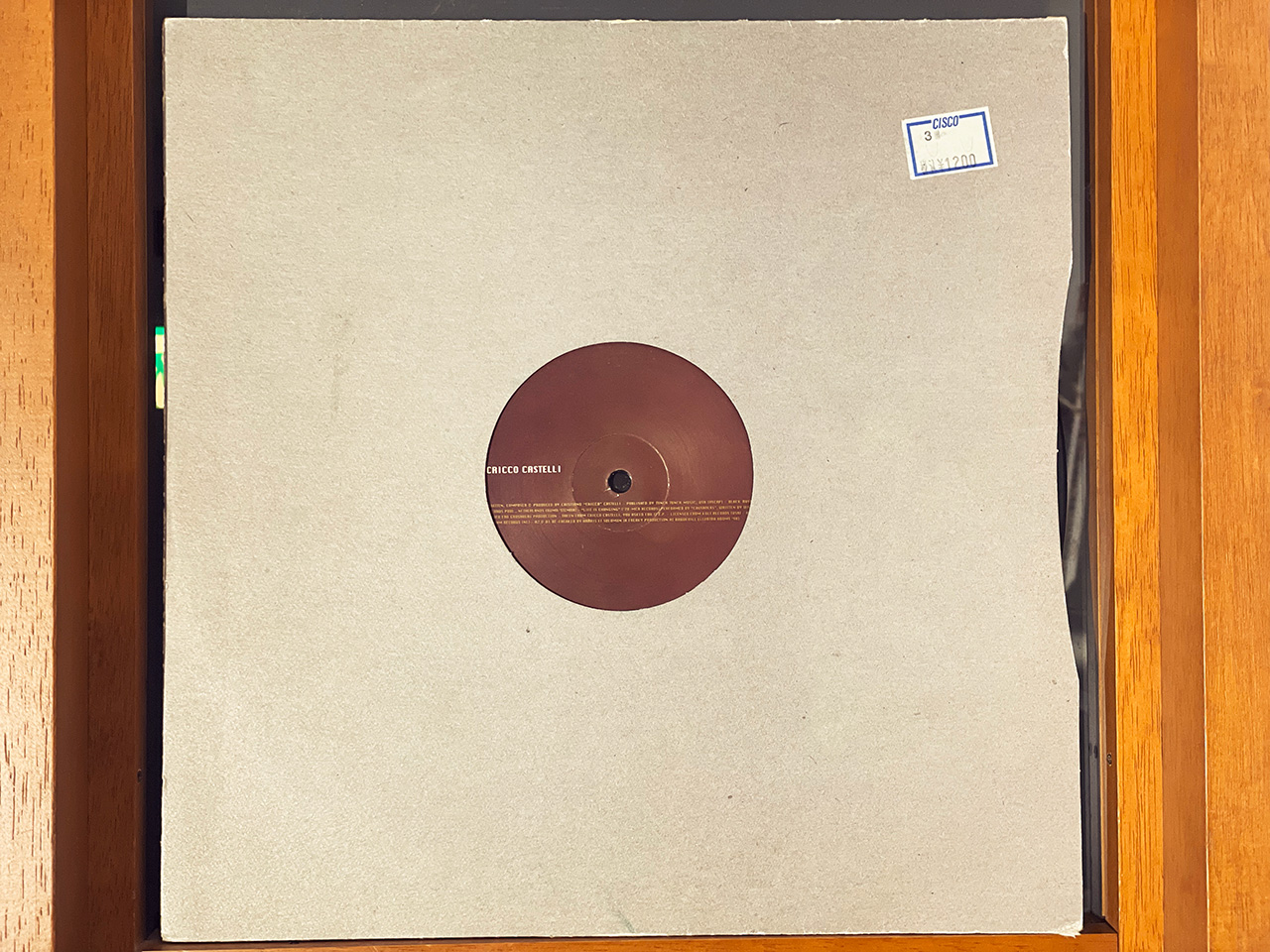
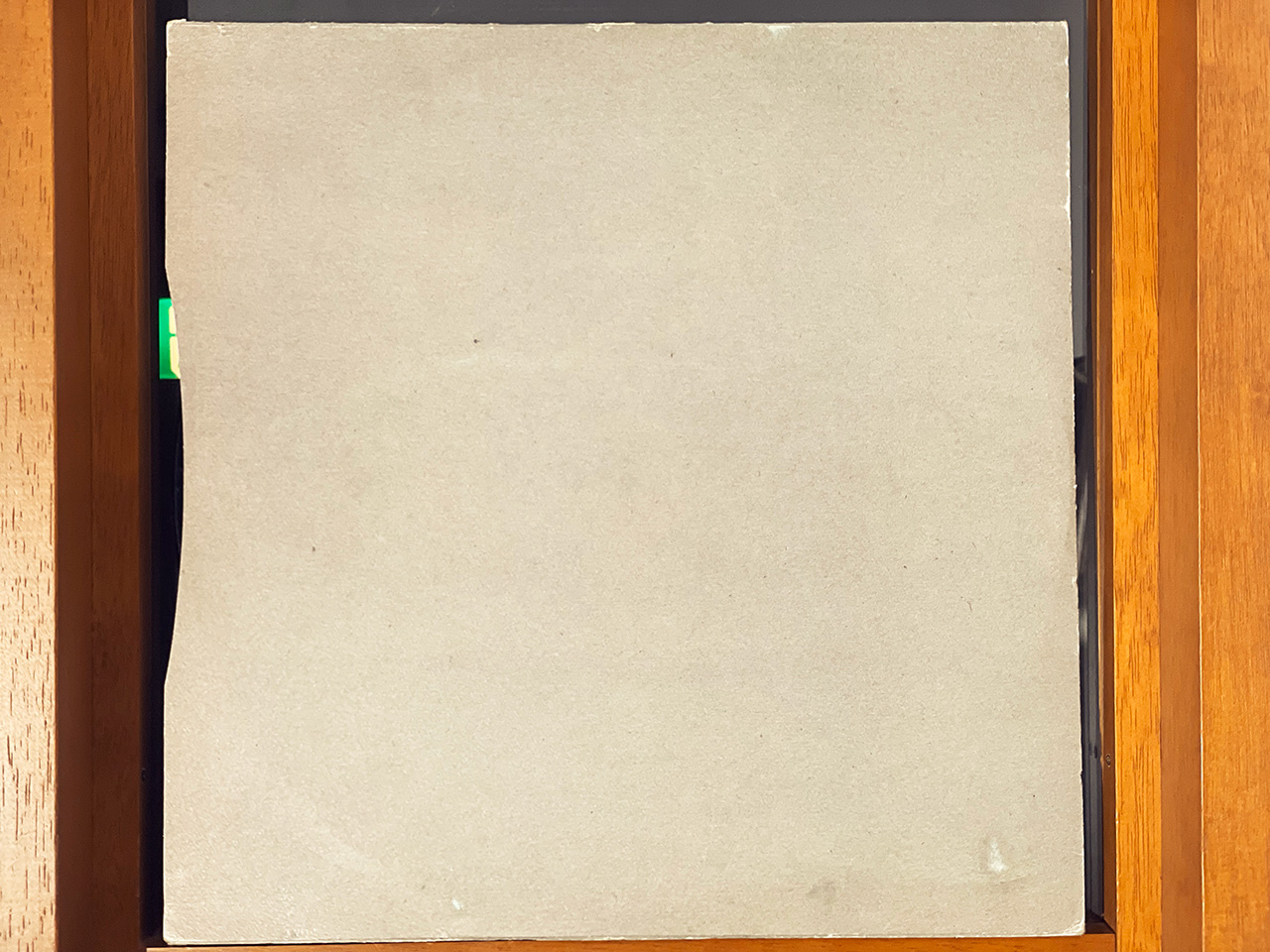
■Sound
Released in 1998 on Aroma, a Belgian label.
Cricco Castelli’s Life Is Changing, released in 1998, is a track built upon the strength of its loops.
The song samples My Lady by The Crusaders:
By dramatically increasing the BPM of this jazz-fusion classic and looping its core elements, Castelli transforms it into a house music groove designed for the dancefloor.
One might expect that accelerating the laid-back funk of the original would lead to a more rigid, linear rhythm. But surprisingly, the track retains its funkiness, with Joe Sample’s electric piano dancing atop the house framework, breathing new life into the groove.
Another key feature of this track is its sonic texture. While many “jazzy house” tracks lean toward the warmth of deep house, Life Is Changing takes a different approach. Its hi-hats are crisp and hard, giving it a more techno-like edge. This allows it to be interpreted beyond just jazzy house—its raw, percussive elements make it highly compatible with Chicago house and tech house as well.
The Coordinates of Memory—The Intersection Between This Record and Me
I first encountered Life Is Changing before I truly understood what DJing was.
At the time, I was only familiar with music based on live instrumentation—jazz, fusion, rock, and pop. The repetitive beats of club music and the art of DJ mixing didn’t make sense to me. House and techno seemed dull, and I was skeptical of most DJs in my university’s music circle.
But there was one senior who was different.
That senior broke down my preconceived notions and made me dance. His DJ sets redefined what dance meant to me. Through his play, I grasped the power of looping beats, the physicality of dance music, and the hypnotic groove that minimalism could create.
One of the tracks he often played was Life Is Changing.
At the time, I didn’t think this record sounded particularly good. Years later, when I listened to a digitally remastered version, I realized that the rough, grainy texture of the original had been preserved. Strangely, it was precisely this texture that sharpened my memories of that time, making them even more vivid—and that realization hit me hard. It was more than just sound; it was a layered fragment of time and memory.
We spent countless hours in our club’s gathering space talking about everything—music, life, underground topics, and all sorts of nonsense. There were days when we skipped class entirely, simply talking from morning until night.
After graduation, we naturally drifted apart. But years later, I had the opportunity to perform at the same DJ event as him. By then, he was no longer playing house music but had moved on to pure, fast-paced techno—stripped-down, minimalist, and all about precision. That event made me realize what an exceptional DJ he had become.
A few years passed, and I never saw him again.
Then one day, I received the news.
He had passed away.
At his farewell gathering, I reunited with former club members—people I hadn’t seen in years. It was there that I was reminded of how much he was loved and respected. I can’t carry on his words or his play directly, but I can keep dropping Life Is Changing onto turntables. And by doing so, I hope to pass on a piece of his spirit.
The Context of Sound—How This Record Lives Within a DJ Set
Life Is Changing was a widely played hit in the house music scene. Theo Parrish, Timmy Regisford, and many other legendary DJs regularly dropped it in their sets. Even Chicago house DJs embraced it.
Its defining qualities?
The hypnotic power of its loop.
The fusion of rigid rhythm and bouncing beat.
That funkiness that ignites the dancefloor.
BPM: 126
When we talk about jazzy house, the typical instinct is to think of deep house or lounge-style tracks. But Life Is Changing is different. Its hard hi-hats and driving beat make it highly compatible with Chicago house, tech house, and even techno. Long mixes with similar tracks work exceptionally well.
Mixing with Chicago House
Derrick Carter and DJ Sneak’s signature funky grooves are a perfect match. The tight percussion and swing of Life Is Changing blend seamlessly with the deep, rolling basslines of classic Chicago house.
Mixing with Tech House
The crisp hi-hats and straightforward rhythm also make it a natural fit for tech house. Blending this track with stripped-down four-on-the-floor beats enhances its hypnotic drive.
Although it can be used at peak time, it truly shines in the buildup phase. The looping jazz piano draws listeners in, gradually shifting their awareness toward the dancefloor. By the time they realize it, they’re completely locked into the groove.
I have, of course, included this track in DJ mixes before, though none are currently available online. However, if you’re looking for something with a similar groove and spirit, this mix might be the closest match—blending the hard edges of techno and house with the funk of JPOP. Give it a listen.
Thank you for reading until the end.
Do you, too, have a record that transcends time, one you can never part with?
May its melody continue to pulse quietly in the depths of your memory, illuminating fragments of your life.
And may both your heart and body remain in harmony, always.
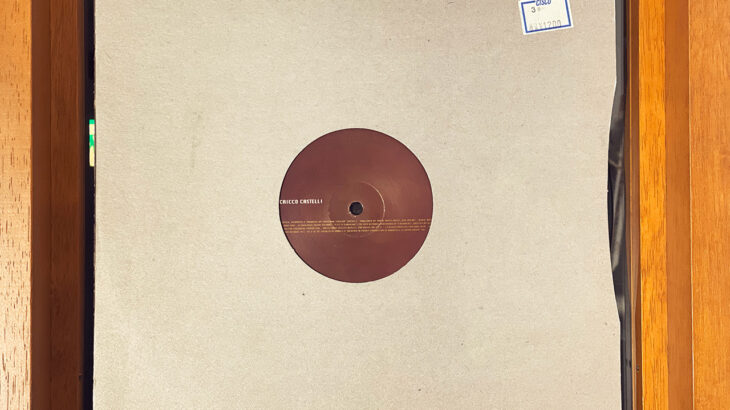

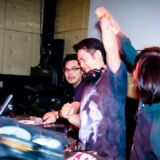

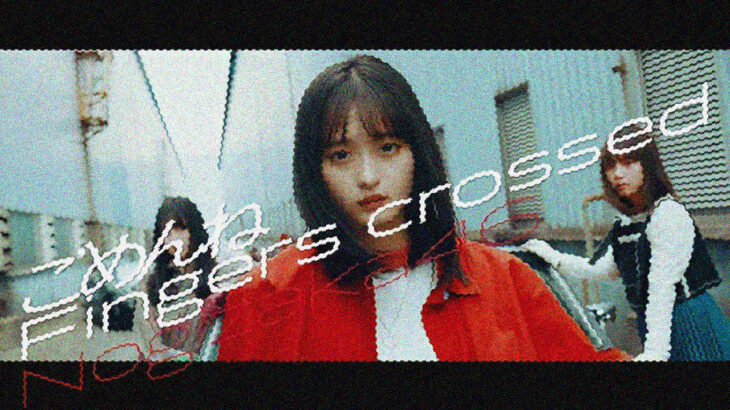

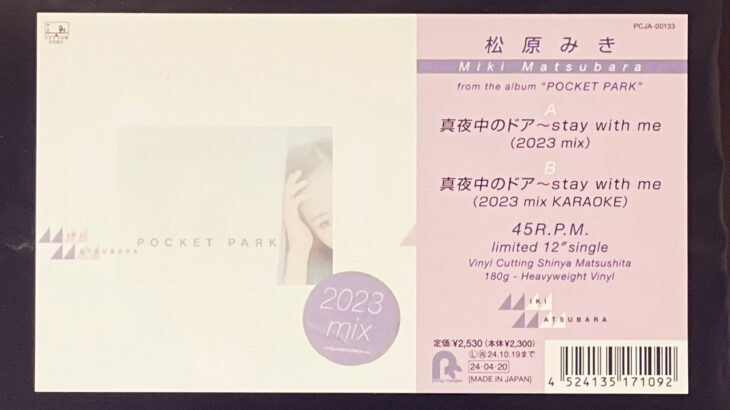
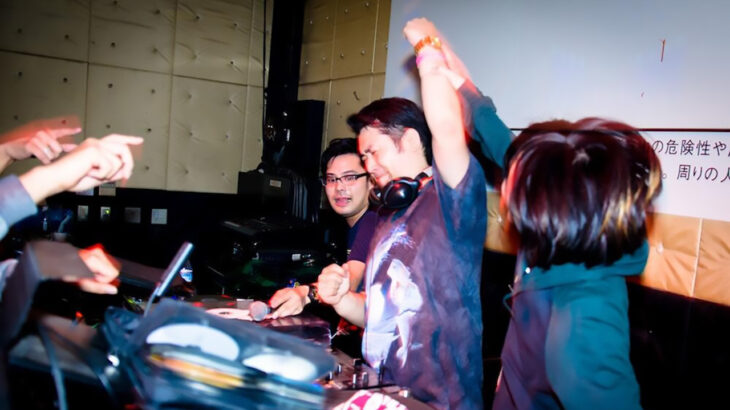
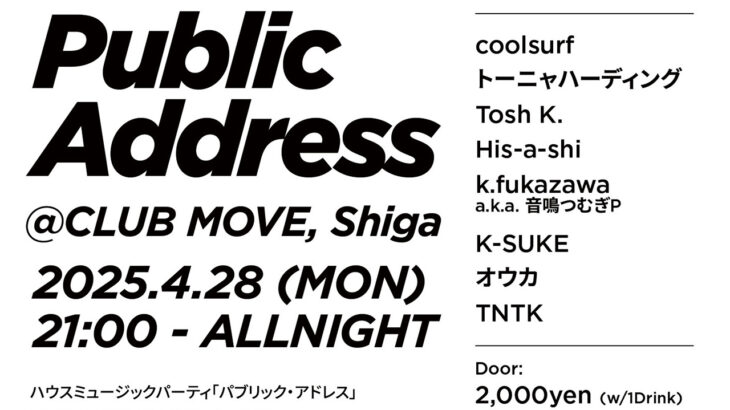
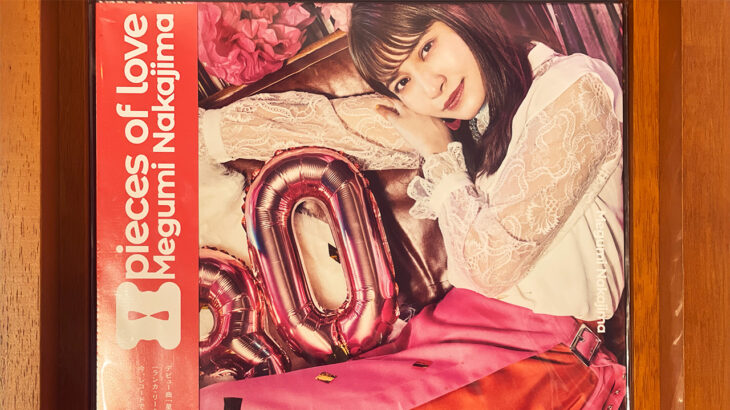
コメントを書く